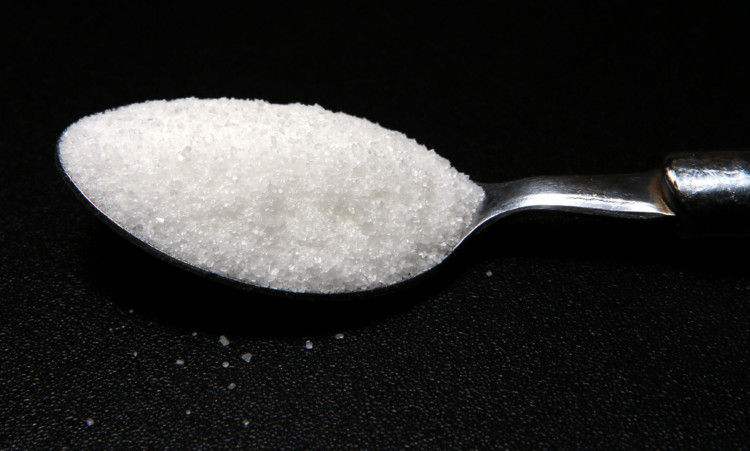
A spoonful of sugar helps the medicine go down but a shed-load of sugar means we need that medicine in the first place.
For one California-based boffin there’s a simple connection. The best-selling writer Professor Robin Lustig says, “Added sugar is 11 times more potent at causing diabetes than general calories.”
Wow.
So last week, the British Scientific Advisory Committee on Nutrition (SACN) made headlines with plans to halve the recommended amount of daily energy we get from added sugar in our diet. Food contains all sorts of natural sugars in fresh fruits and vegetables, and milk. And those sugars are fine. It’s the added ones free sugars that do the damage.
Shockingly a single can of fizzy drink would meet the new added sugar limit all on its own. A large glass of sweetened orange juice would do just about the same.
Government figures show every age group currently consumes more 10% added sugar teenagers are the worst offenders. But why? Everyone knows a cream doughnut is upping the sugar intake. But breakfast cereals, fruit drinks and even bread?
Some British food manufacturers have a lot to answer for. Once health chiefs started to highlight the dangers of too much salt, sugar and fried food in our diet, they rushed to create a whole new range of “healthy” foods and drinks. The labels make big health claims but sugar is often hidden inside in bucket-loads. That’s why England’s chief nutritionist has called on parents to put water on the table at mealtimes. It’s a good start.
But the healthiest nations around the world are doing three other things most Scots still baulk at. They eat more fresh fruit and vegetables far more. They take exercise to combat the health problems that come with a sedentary lifestyle far more. And their lives contain less everyday stress much less. Those first two differences can be clinically proven the last factor has only just being taken seriously by medical science.
But think about it. A nation with the longest working hours in Europe and the greatest job insecurity through zero hours contracts and poverty wages is just cooking up health problems. Food is eaten on the run. Life is lived on the run. A little bit of stress is fine. But our bodies aren’t designed to live on an emergency setting for more than a short period of time. Too many folk are living on adrenaline 24/7. And that’s got to change.
So it’s no use one part of Government lecturing us about unhealthy habits while another part administers the bedroom tax, benefit delays, the worst pensions in Europe and the lowest wages all of which have created a world of food banks and constant anxiety. Millions of Brits are living in a condition of permanently high stress urging us to seek comfort in high-energy, added-sugar foods.
A great wee 90-page book by Scottish GP Dr Tom Smith can help. Physical Intelligence How to take charge of your weight is written with plain language and great sympathy for the plight of the average, sedentary Scot. Read it and you may start to understand why it’s hard for most Scots to act on simple but vital health advice we must eat more veg, drink water, relax and exercise more.
The famous song from the Mary Poppins film extoling that spoonful of sugar hit Britain in 1964. Post war rationing had finished. Folk were optimistic. Diets were relatively healthy.
Today we need a whole new approach to health and if governments won’t lead the way we’ll need to lead ourselves.

Enjoy the convenience of having The Sunday Post delivered as a digital ePaper straight to your smartphone, tablet or computer.
Subscribe for only £5.49 a month and enjoy all the benefits of the printed paper as a digital replica.
Subscribe